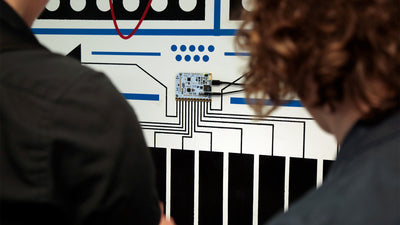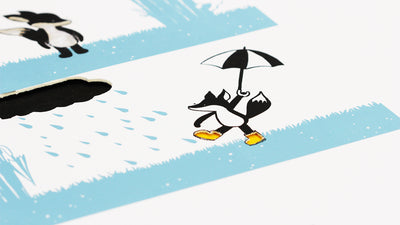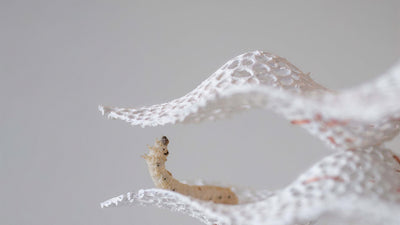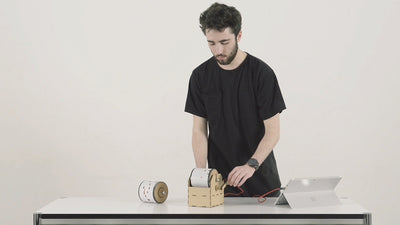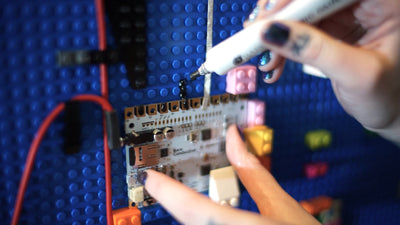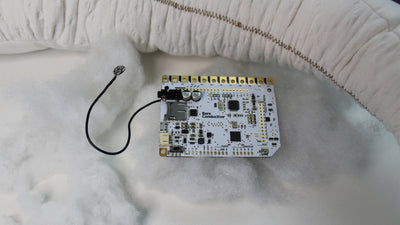Foresight - An Interactive Map for People With Vision Impairment

Foresight is the proof that when design and technology are combined, great ideas and products can be born.
Product Designer and creator of the Foresight project, Robbie Beautyman explains how the advances in GPS navigation have helped the visually impaired massively over the past 10 years. But the traditional production of Braille is slowly dying at the same time – this project merges both technologies into one product. Foresight takes the shape of an interactive map and accompanying audio device, which when used in unison, will allow the user to anticipate the environment they will come across, giving them the confidence to explore a new place.
The tactility of the map’s lines and patterns, alongside the audio feedback you receive while touching the map, makes for a much more wholesome experience when planning a walking route. Rather than having to rely on a sighted partner to explain what they can see from a sighted map; Foresight will give the control back to the visually impaired explorer.
Robbie tried to keep this project extremely user centered, taking part in extensive user testing throughout, from interviews in the early stages to focus groups and user trials in the later stages - getting to know the individual characters and needs of my end users was a huge part of the project for him.
What he found from his early research and from going on a hike with a visually impaired walking group, was that a lot of the time blind and visually impaired people would like to walk in rural areas they haven't been before. In order to do this, they have to rely heavily on sighted partners to plan their routes for them, as well as aiding them physically. Foresight will help both beginners and more experienced visually impaired walkers to plan their walking route from the information they receive from the map.
For the needs of this project, Robbie tried to merge both modern and traditional interactions through the way it has been manufactured. The traditional side derives from a method of creating braille and the modern from his use of Bare Conductive Electric Paint and the Touch Board. The way he merged both techniques into one product has made the process very interesting from the designer's perspective, but he also feels it has created a very wholesome experience for the end user.
Swell paper is a technique for printing braille where a graphic is printed on swell paper with an inkjet printer; when the paper is then heated, the ink reacts with the paper and swells up enabling it to be understood by touch. Screen printing maps onto the swell paper in Electric Paint not only transforms the maps tactility- meaning the user can understand the different textures and patterns by touch. But it also turns the map interactive when the ink is accompanied by the Touch Board. The use of the Touch Board means as the user touches one part of the map, it will play an audio description of what they are touching for a fuller, more wholesome experience.
Regardless of the challenges of working with new materials such as the conductive paint, screen printing and using swell paper, the whole process has been hugely rewarding. Since finishing his final prototype Robbie has taken Foresight to multiple events to show the blind community and the reaction has been amazing everywhere he's gone, which has been truly humbling.
Images & Video: Robbie Beautyman
We love it when you share your projects! Post your project on Instagram, YouTube, or Twitter, and make sure to tag @bareconductive or use #bareconductive. You can also send your videos and photos to info@bareconductive.com so we can post them on our site for the world to see.


